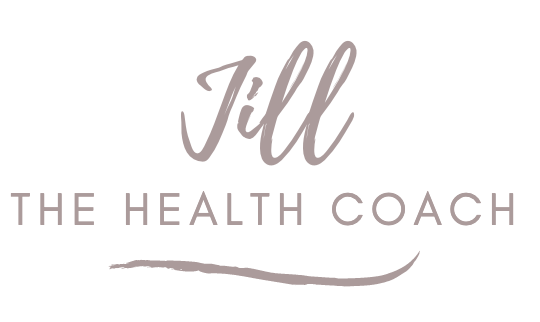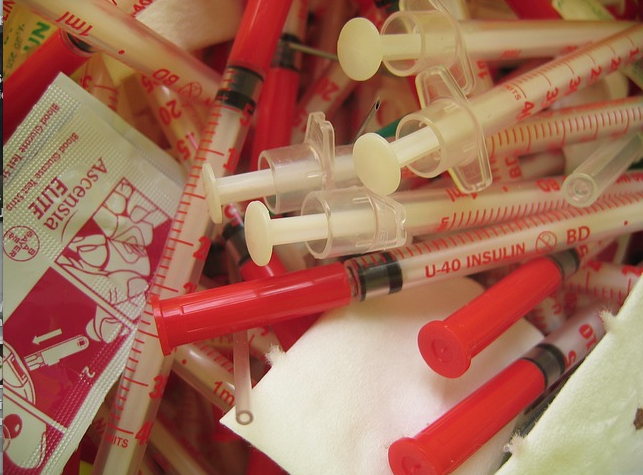21 million Americans have Diabetes, but one third of these people do not know it. We’ve all heard of Diabetes, but what exactly is it? There are two forms–Type 1 Diabetes and Type 2 Diabetes.
Type 1 Diabetes is when the pancreas no longer produces insulin. Type 2 Diabetes is when the cells of the body resist insulin’s action: the pancreas makes extra insulin but cannot keep up.
Why do we even need insulin? Insulin is a hormone that helps escort sugar out of your blood and into your cells to use the glucose found in food as energy. Therefore, if you eat any form of sugar such as a donut OR a grain that breaks down into sugar, such as a bagel, your body is flooded with the sugar that goes into your blood. Your pancreas is then signaled to produce insulin that will pull the sugar out of the blood to be used as energy in the cells. Oftentimes, with little physical activity following this flood of sugar, the sugar/energy is not needed and simply gets set aside and stored as fat.
So, if you down a bagel and orange juice for breakfast and go to the office or school, there’s not much physical activity there to utilize all of that sugar or energy! Think love handles, muffin top, or even visceral fat that surrounds and squeezes organs for those who do and don’t have obvious pockets of fat on their body.
When one has Diabetes, either your body doesn’t make enough insulin or doesn’t efficiently use the insulin it does produce. With insulin resistance, carbohydrates such as sugar and grains are metabolized into fat (rather than energy) and stored as fat cells–think back to that bagel and OJ. When all the cells are full of fat, the fat even starts being stored int he blood stream, causing clogging of the arteries. and can damage the tiny vessels in the kidneys, heart, eyes and nervous system.
In fact, Type 2 Diabetes used to be termed an “Old Man’s Disease” or “Adult Onset” developed from years of abuse from eating sugar, resulting in continuous sugar spikes and crashes. However, we now see this in young children! What is so different from 30 years ago? It’s not too hard to guess with our fast food lifestyle and overconsumption of processed food, flour and sugar. Most Americans consume the Standard American Diet (SAD!) and have no idea the impact it has on their bodies. We are simply not designed to handle the constant barrage of the spikes and crashes from these man-made “foods.” This is what has led to our growing population of Insulin Resistant conditions which lead to Type 2 Diabetes. This form of Diabetes is even known as a food disorder!
Please note that we cannot blame food alone, though, as stress can also contribute to insulin resistance in a similar way as food. Although the hormone, cortisol, is the body’s primary response to stress, Insulin, is also secreted in response to stress. The vicious circle of processed foods and stress leading the constant production of insulin inevitably can lead to the body not being able to utilize or even produce insulin. The more insulin your system requires, the more likely you are to become insulin resistant.
The good news is that Type 2 Diabetes is typically easily reversible–and not by injecting insulin when levels get lower! A simple change of diet and less stress can get that pancreas back to working order by not overworking it. The big lesson here is that high levels of carbohydrate consumption and /or stress can trigger high levels of insulin production, which leads to insulin resistance, elevated blood fats, clogged arteries, blood clots, etc, which may then lead to Diabetes.
How do we know? There are many signs of Diabetes. Increase of thirst, feeling tired, frequent urination and increased appetite are common symptoms. The detection of insulin resistance in a man may be seen when his waist measurement is greater than or equal to his hip measurement. In a woman, you may see a waist that is 80% or more of the hip measurement. This is due to the way insulin deposits fat-typically around the stomach.
The easy solution is to cut down on the processed foods, flours and sugar and eat protein with each meal, and de-stress your life as much as possible. In fact, one of the expert interviews on the Total Wellness Summit just this week spoke about our Sugar epidemic.
By the way, I hope you have been enjoying the free Summit this week as much as I have, I search high and low to provide you with useful and potentially life-changing information to empower you about your health choices. I’ve been listening to the Summit on my phone every time I’m in the car, getting ready in the morning or preparing meals. It always amazes me how much time I can discover in a day. The Summit has been free all week and today is the last day to take advantage of amazing interviews, such as the one on sugar. Click here to watch today and be on the look out for the Chronic Lyme Disease Summit starting April 4th– a must-see for us tick-infested areas here in the North East.
Empower yourself with knowledge and your body will thank you!
|
|
|
|
|
All material in this newsletter is provided for information only and may not be construed as medical advice or instruction. No action or inaction should be taken based solely on the contents of this publication;instead readers should consult appropriate health professionals on any matter relating to their health and well-being. The information provided has not been approved the Food & Drug Administration and is not intended to diagnose, treat, cure, or prevent any illness or disease.
|
|
|
|
“It is our choices that show what we truly are
far more than our abilities.” Live well and love more, Jill Gordon
CHHC, HHC, CNHP,
Digestive Health Specialist
|
|
Let Us HEALTH You LLC | Jill@JilltheHealthCoach.com www.JilltheHealthCoach.com Copyright 2015. All rights reserved. |


